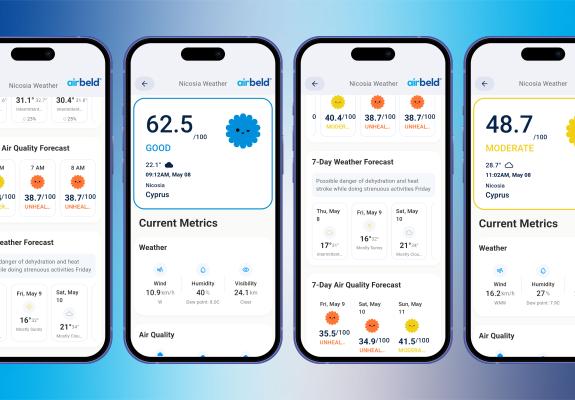The Evolution of Radio: From Golden Age to Digital Renaissance
Cyprus Embracing Tradition and Modernity
The 1920s to the 1950s are often referred to as the Golden Age of Radio. During this period, radio was the dominant medium for entertainment, news, and information. Families gathered around their radio sets to listen to serial dramas, variety shows, and live broadcasts.
The advent of television in the 1950s marked the beginning of a decline for traditional radio. Television offered visual entertainment, which drew audiences away from radio programs. By the 1970s and 1980s, FM radio stations began focusing more on music than talk programs, catering to niche audiences with specific musical tastes. Despite this shift, radio remained relevant through music broadcasting, talk shows, and news.
The proliferation of the internet in the late 20th and early 21st centuries posed another challenge. Streaming services and digital platforms offered on-demand content, reducing reliance on traditional broadcast radio. The rise of smartphones and mobile internet further changed how people consumed media, leading to predictions about the impending death of radio.
Contrary to predictions, radio has not only survived but has found new life in the digital age. Podcasts, essentially on-demand radio programs, have gained immense popularity. According to Edison Research, in 2021, over 116 million Americans listened to a podcast monthly, a 17% increase from the previous year. This growth is driven by the convenience of on-demand content, a wide variety of topics, and the intimate, conversational style of podcasts.
Visual radio, a modern twist on traditional broadcasting, integrates live streaming with social media platforms. Stations now use video to broadcast shows, allowing for visual interaction and engagement with audiences. This hybrid approach has attracted younger audiences who prefer multimedia experiences. A local example for instance, is Klik FM which successfully integrated visual content, while expanding their reach through other social media channels.
Radio in Cyprus began in the mid-20th century, with the first official broadcast by the Cyprus Broadcasting Corporation (CyBC) in 1953. During the 1960s and 1970s, radio served as a crucial medium for news, cultural programs, and music, particularly during the tense periods of political unrest and the Turkish invasion in 1974.
CyBC, as the state broadcaster, played a vital role in unifying the Greek Cypriot population by providing news in Greek and promoting local culture. The establishment of private radio stations in the 1990s diversified the radio landscape, offering a variety of content that catered to different tastes and age groups.
Today, radio remains an integral part of Cypriot life, despite the challenges posed by digital media. According to the Cyprus Radio and Television Authority, radio reaches over 70% of the population weekly, indicating its continued relevance. A 2019 study by the European Broadcasting Union (EBU) revealed that 45% of Cypriots listen to the radio daily, placing Cyprus above the European average.
From its golden age to the digital era showcases its remarkable adaptability. While it faced challenges from television and the internet, radio evolved by embracing new formats like podcasts and visual radio. These innovations have not only ensured its survival but have also broadened its appeal to new generations.
The statistics and trends indicate that radio is far from dying. Instead, it is experiencing a renaissance, leveraging digital platforms to reach wider and more diverse audiences. As technology continues to evolve, so too will radio, proving once again its resilience and enduring relevance in the ever-changing media landscape.
Radio in Cyprus exemplifies a successful blend of tradition and modernity. Historical reliance on radio for news, culture, and music has transitioned smoothly into the digital age, with high weekly reach and daily listenership figures reflecting its ongoing relevance.
The adoption of digital tools like streaming, podcasts, and visual radio ensures that radio remains a vital part of Cypriot media consumption. As technology evolves, Cypriot radio continues to adapt, proving that the medium is far from obsolete. Instead, it is a dynamic and resilient platform that continues to play a crucial role in the lives of Cypriots.






